Windows Media Player Won’t Open? Try these fixes
Windows Media Player has been the default media player for Windows for quite a while until it was replaced by other apps in Windows 10. One of the most common issues that you would face while using the Windows Media Player is when it would refuse to open up. This is especially weird because, from a little digging, you can find that the process responsible for running Windows Media Player starts but it is all in the background. For an app like Windows Media Player that is supposed to playback audio and video, that’s not really the ideal behavior.
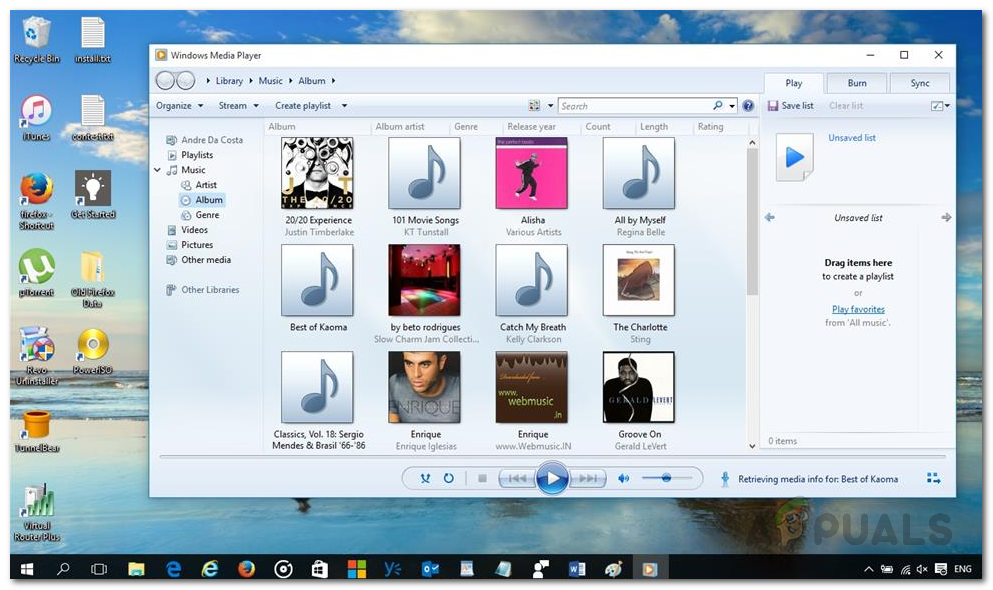
As it turns out, the issue here essentially lies with the graphical user interface of the app because the process is running in the background. This can happen when the Windows Media Player process is actually being unresponsive and even though it can be under the processes list in the Task Manager, it essentially isn’t doing anything at all. In addition to that, the dll files associated with the Windows Media Player can also trigger such an issue in which case you will have to reregister the respective dll files and it should start working as you would normally expect it to.
Now that we have gone through that, let us dive into the various methods that you can use to resolve the issue in question and get the media player to work. So, without further ado, let us get into it.
Kill Windows Media Player Process
As it turns out, the first thing that you should do when you are facing the issue in question is to remove the possibility of an unresponsive process. Issues like these often occur with different apps where the application does not start but the process is running in the background. This can happen when the process is unresponsive and even though you see it under the processes list in the Task Manager, it actually is doing nothing in the background. Once you’ve killed the process, Windows Media Player will be forced to start fresh which could potentially solve the issue for you. To kill the process, follow the instructions given down below:
- First of all, open up a Task Manager window. To do this, right-click on your taskbar and then choose Task Manager from the menu that appears.
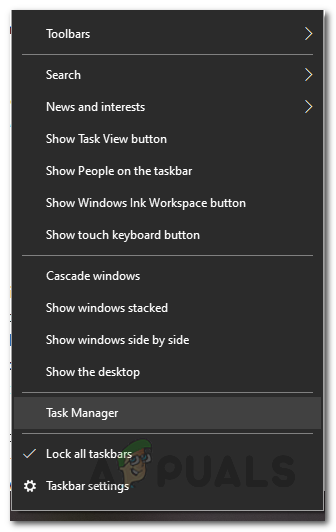
Opening Task Manager - Once you have a Task Manager window open, under the Processes tab, look for the Windows Media Player process.

Ending Windows Media Player Process - After you have located the process, select it and then click the End task button.
- You can also alternatively right-click the process and choose the End task option from the drop-down menu that pops up.
- Once you have killed the process, try opening Windows Media Player again to see if the issue persists.
Run the Video Playback Troubleshooter
In case the issue persists and Windows Media Player doesn’t open after you have killed the process, you can make use of the built-in troubleshoot that comes with Windows. There are various troubleshooters available at your disposal for troubleshooting issues with different functionality of your operating system. These troubleshooters are often helpful in fixing simple issues that may not seem apparent and might slip your eye. To do this, follow the instructions given down below:
- First of all, open the Settings app by pressing the Windows key + I combination.
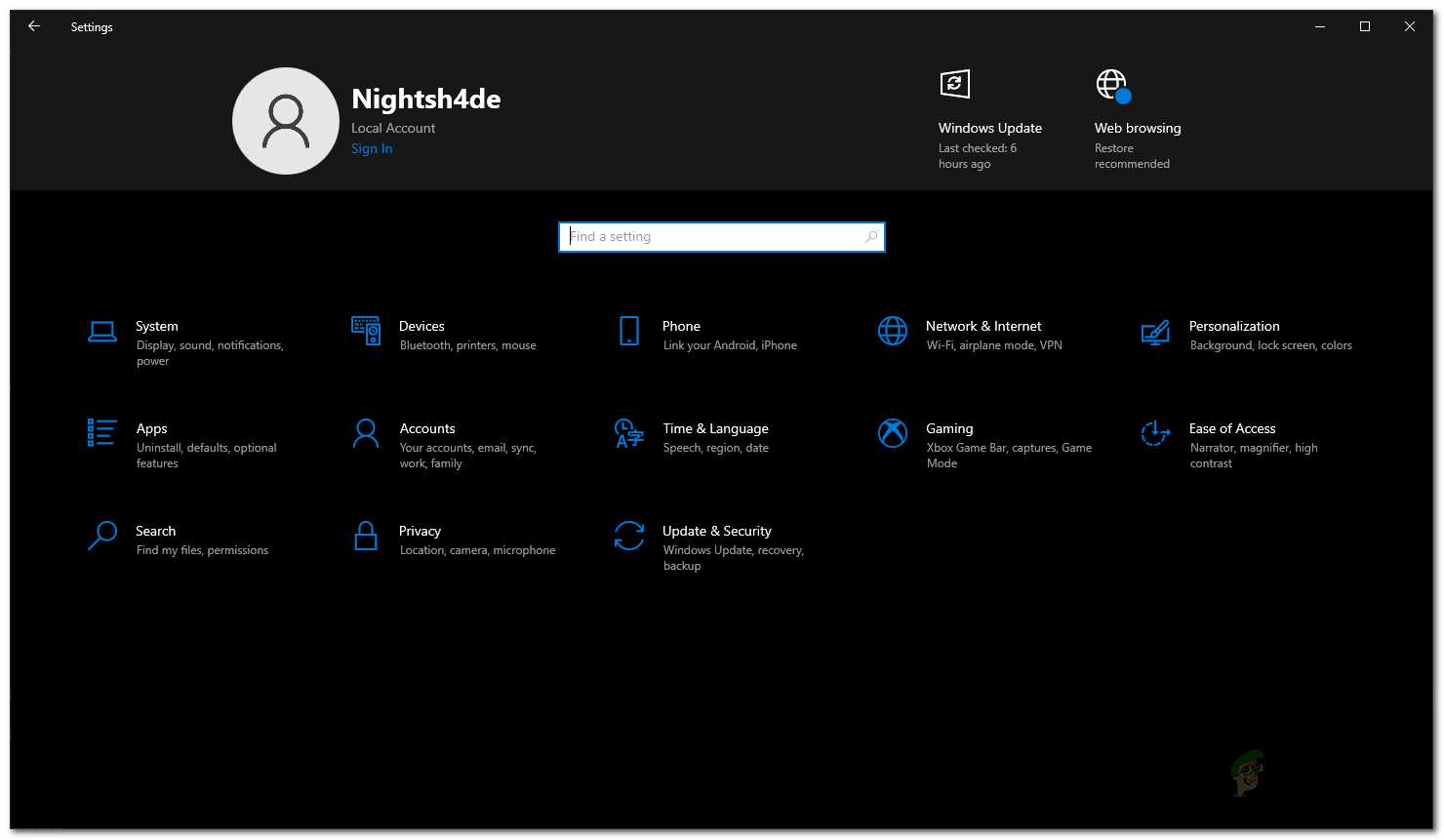
Windows Settings - Once the Settings window is up, navigate to Update & Security.
- Then, on the left-hand side, click on the Troubleshoot option.
- On the Troubleshoot screen, click on the Additional troubleshooters option.
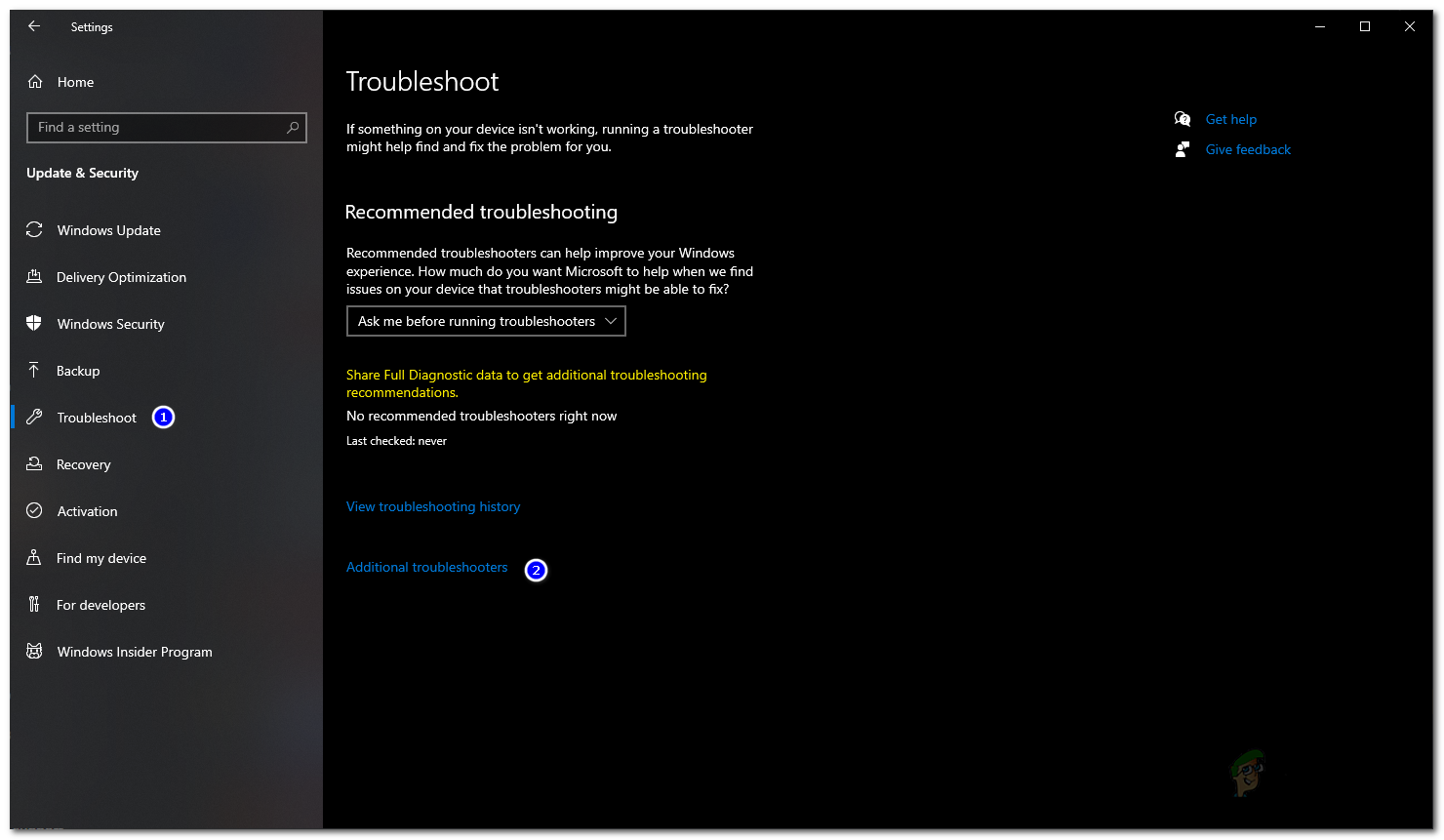
Troubleshoot Settings - This will show you a list of all the troubleshooters available. Scroll down till you see Video Playback. Run the troubleshooter and wait for it to finish.
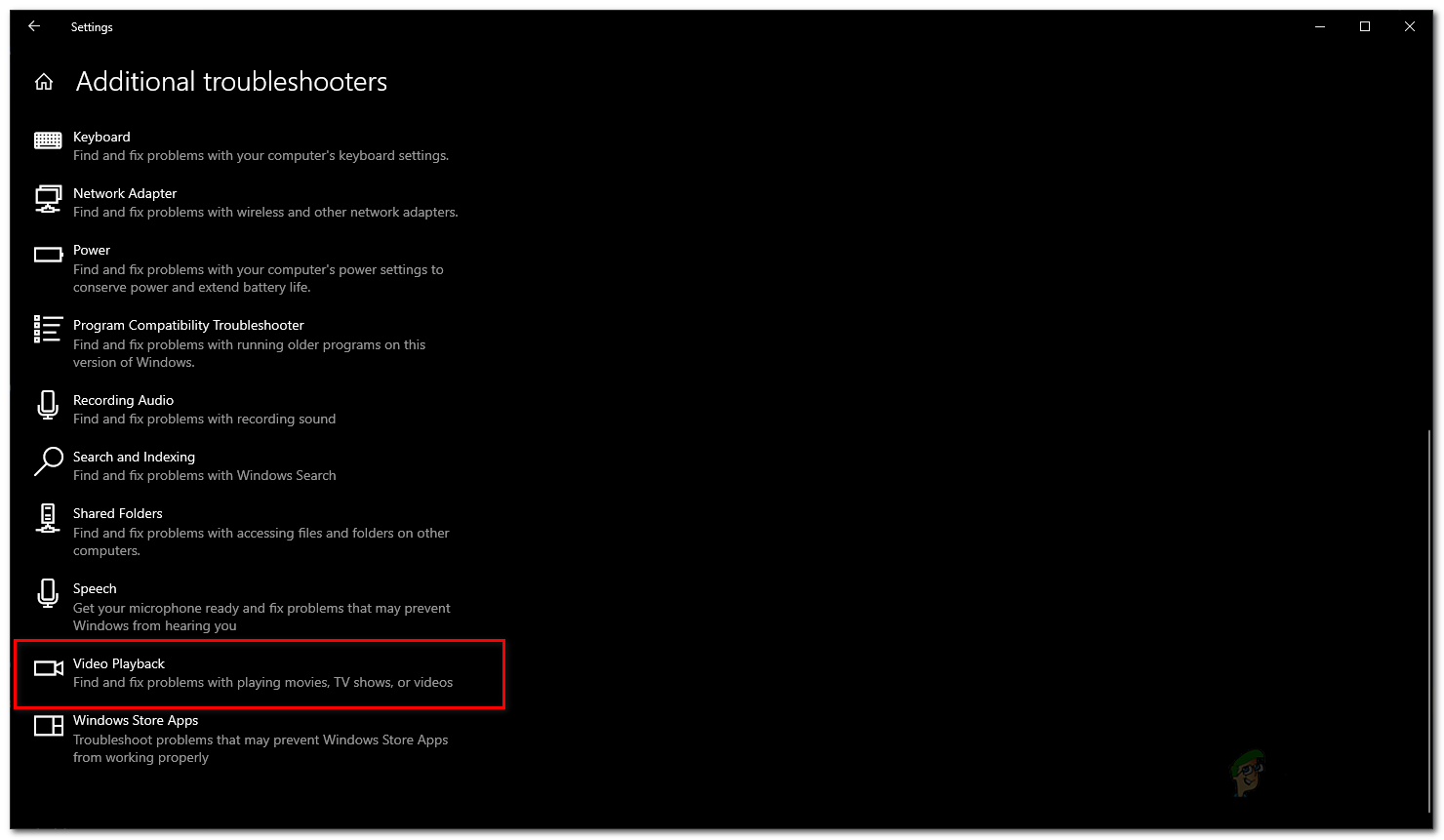
Running Video Playback Troubleshooter - The troubleshooter will scan your system for any video playback issues and try to solve them.
Re-register DLL Files
As it turns out, in some cases, the reason your Windows Media Player does not open could be due to the associated DLL files. Dynamic Link Library or DLL files are basically libraries that contain a set of code and are responsible for carrying out certain operations in the Windows operating system. To re-register the DLL files for Windows Media Player, follow the instructions given down below:
- First of all, open up an elevated command prompt window. To do this, open up the Start Menu and search for cmd. Right-click on the result shown and choose the Run as administrator option.

Opening Command Prompt as an Administrator - Once the command prompt window opens up, type in the following commands one by one and hit Enter after each one:
regsvr32 vbscript.dll regsvr32 wmp.dll regsvr32 jscript.dll
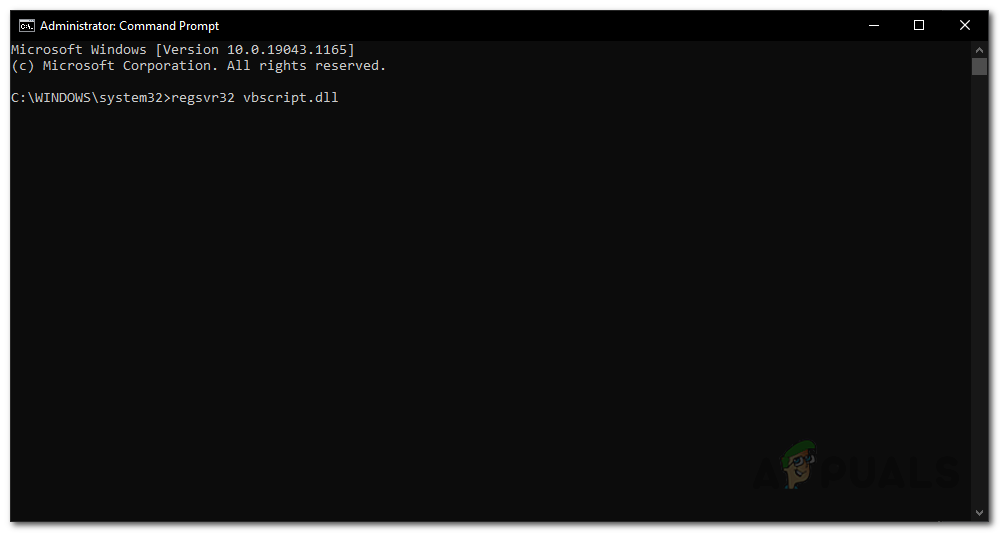
Register Windows Media Player DLL Files - Once you’ve entered all of the commands, try opening up Windows Media Player again to see if the issue persists.
Reinstall Windows Media Player
Windows Media Player, along with many other apps, comes built-in with Windows. They are usually referred to as features and you can easily manage them from the Control Panel. In case the above solutions do not work out for you, you can uninstall Windows Media Player and then reinstall it through the Control Panel with ease to see if that circumvents the issue. To do this, follow the instructions given down below:
- First of all, open up a Control Panel window by searching for it in the Start Menu.
- Once the Control Panel window is up, click on the Programs option.

Control Panel - There, under Programs and Features, click on the Turn Windows features on or off option.
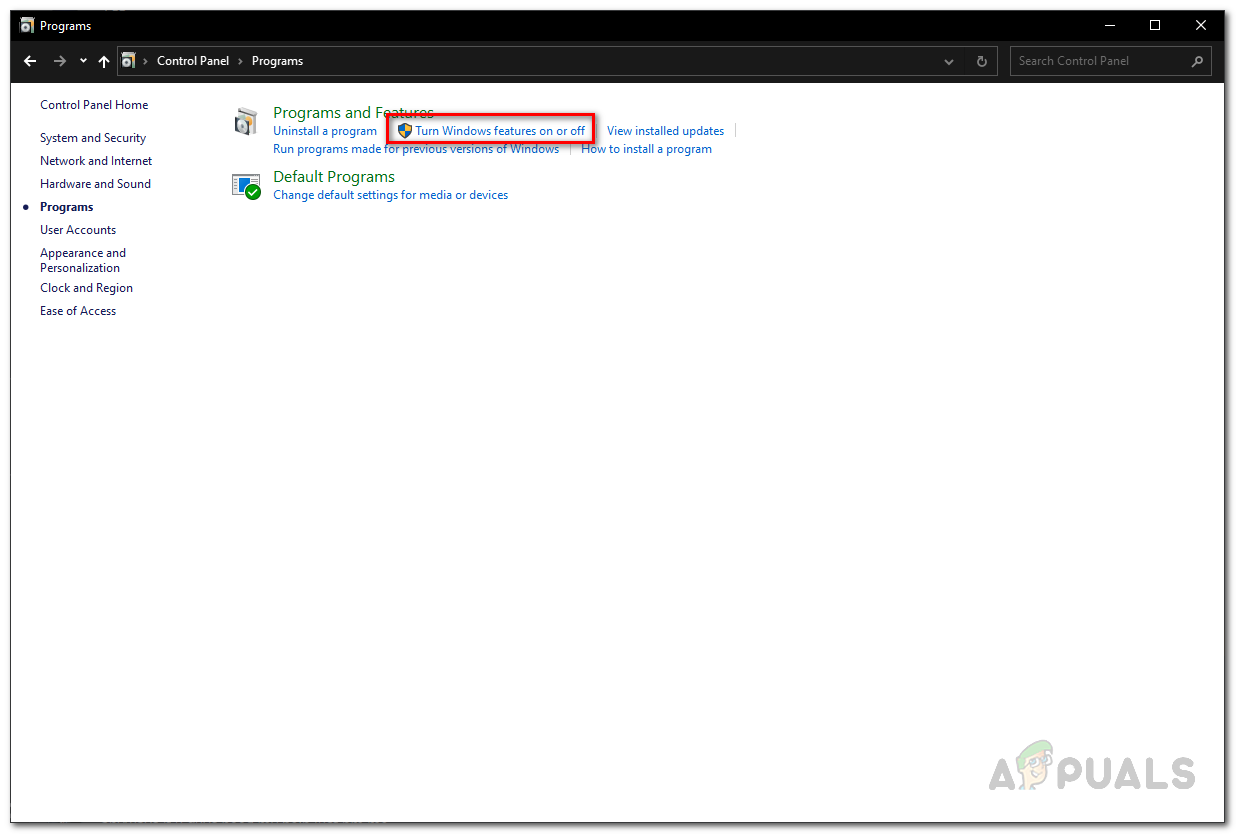
Control Panel Programs - This will bring up the Windows Features window. Now, from the list of features, locate Media Features and then expand it.
- Here, you will see the Windows Media Player feature ticked. Untick it and then restart your computer. This will uninstall Windows Media Player.

Uninstalling Windows Media Player - Once your computer restarts, go ahead and install Windows Media Player again by following the same steps.
- After you have installed Windows Media Player, go ahead and restart your computer again. Finally, once you are back up and running, check if the issue persists.





